Four Days in Ireland
I have a wistfulness to go exploring.
Daydreaming about castles.
Thinking about past travels.
Just happily reminiscing.
I always get caught up in the details. Because of this, writing about a specific experience often gets lost amongst other ideas roaming around in my endlessly wandering mind. I’ve jotted down memories and tried to organize my pictures and stories obsessively. Instead of perfection, I have decided to let my experience tumble out in whatever way I could share it best.
Dublin, Ireland
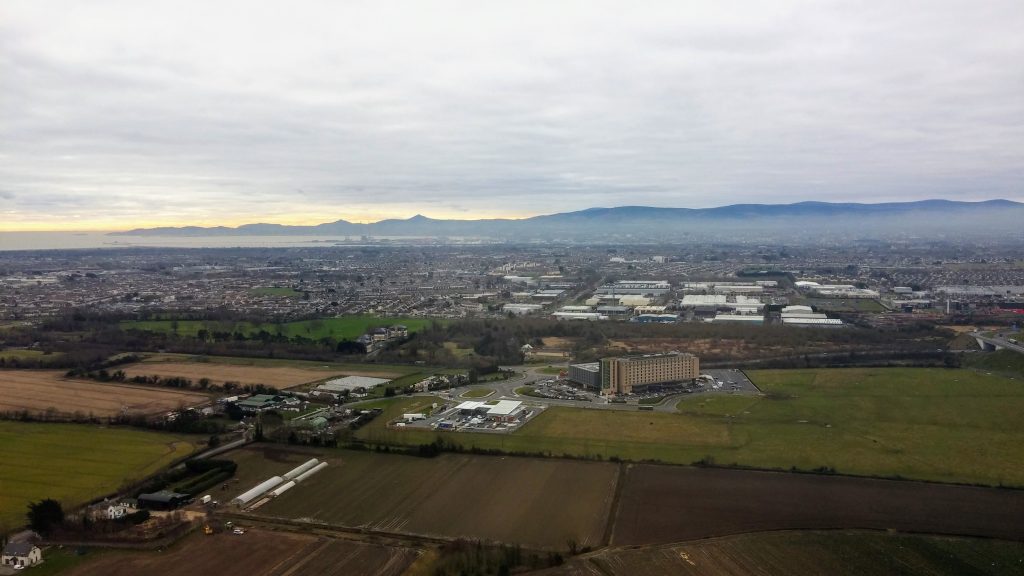
February 25th 2016 – Five of us were traveling together from Oslo to Dublin.
Being directionally challenged in a large city, in a foreign country can be frustrating for me. Fortunately Dublin’s numerous landmarks like churches, statues, a castle, the River Liffey and its bridges all helped me navigate the city. Public transportation was easy and convenient (double-decker busses with free Wi-Fi), but most places in the city were within walking distance from our lodgings.
We were in town to see Primordial perform. Live! In Ireland! Looking back, I still can’t think of a better way to experience their music and would most certainly do it again.
The weather was my favorite kind, perfect melancholy! Grey sky drizzle seemed to be the norm.
Dublin was a bit unnerving at first. Narrow streets, constricting sidewalks, and so very many people. I had forgotten what it was like to be in a city.
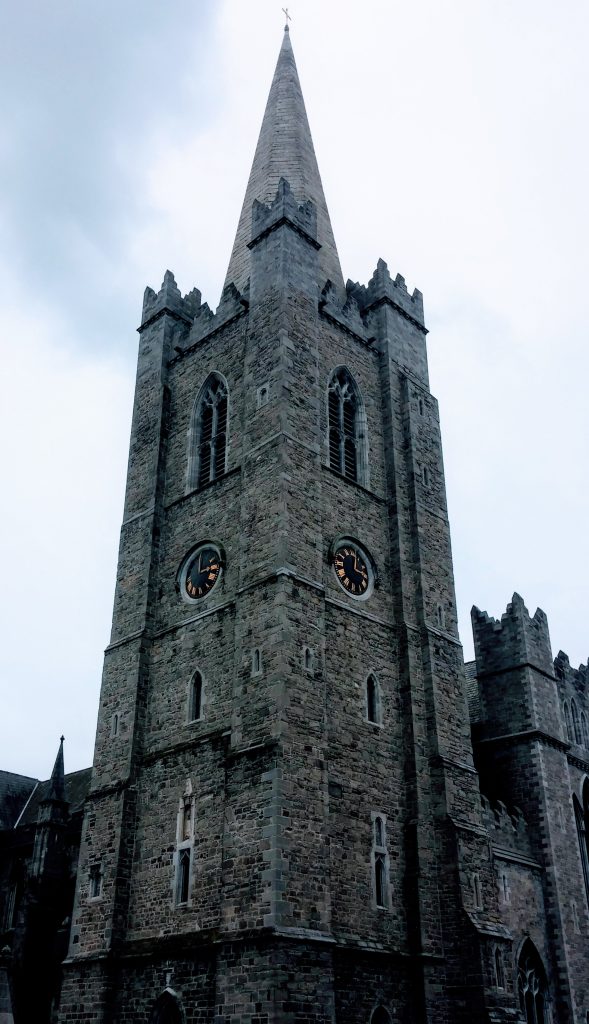
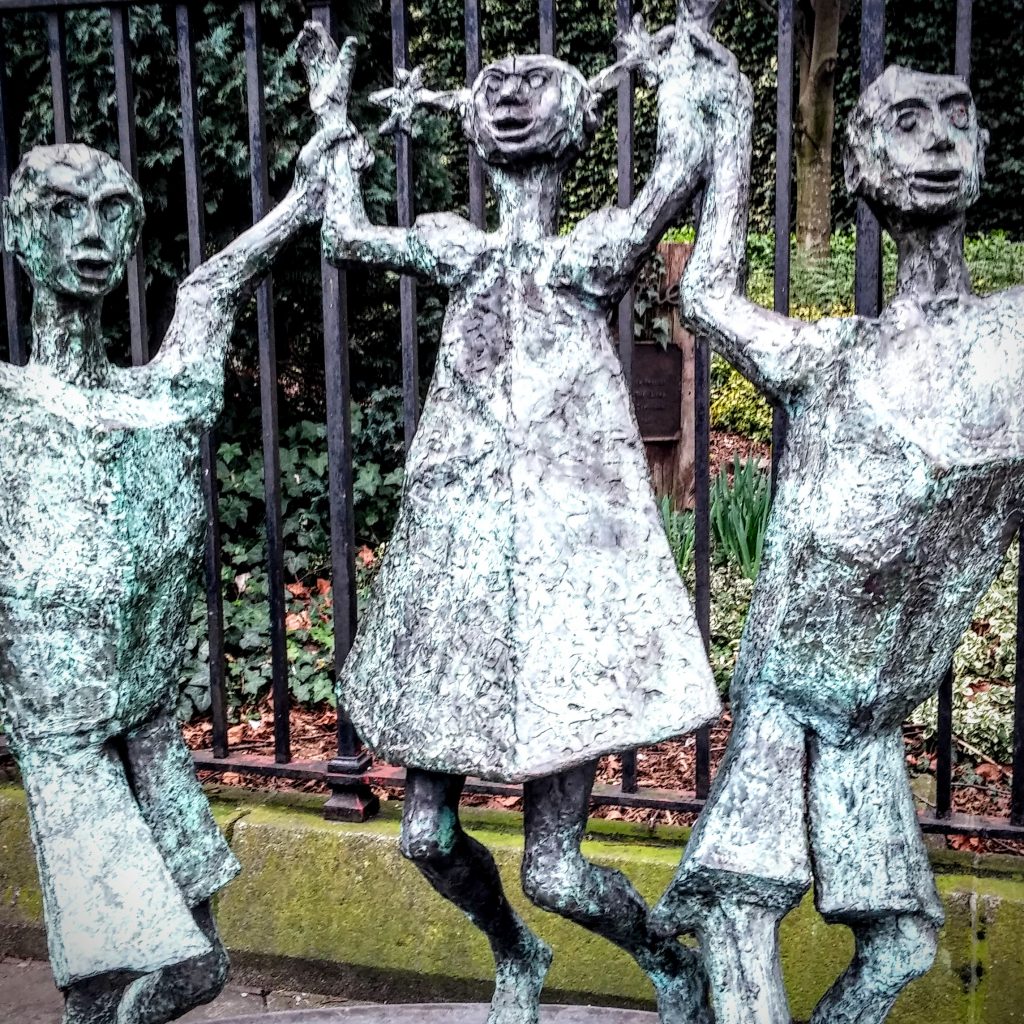
We walked past the Millennium Child statue many times during our stay in Dublin. It was peculiar to me. A complete distraction every time I saw it. It’s located across the street from Dublinia and the Christ Church Cathedral. They are not small buildings and certainly catch the eye.
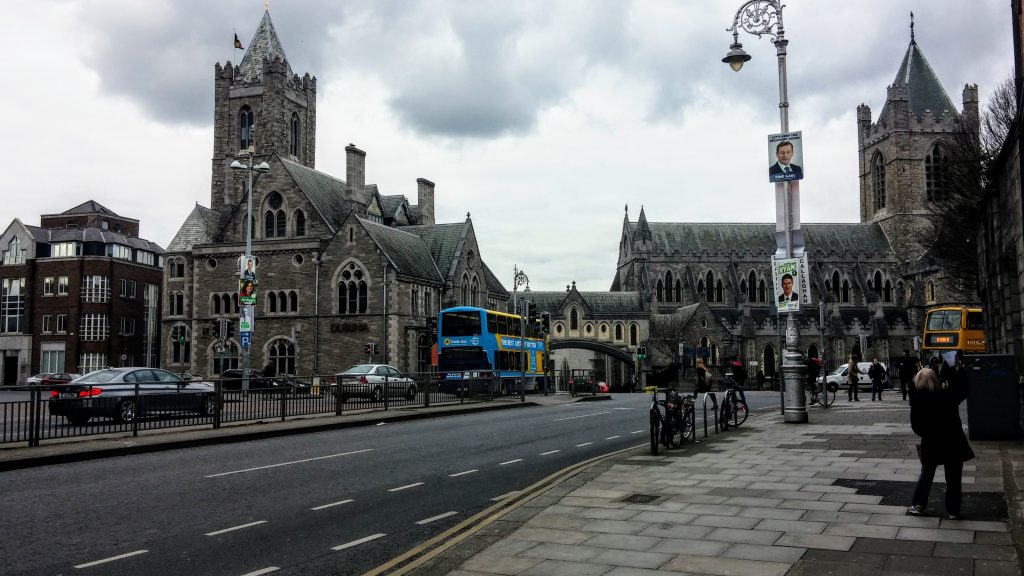
But I must confess, my obsession was the statue!
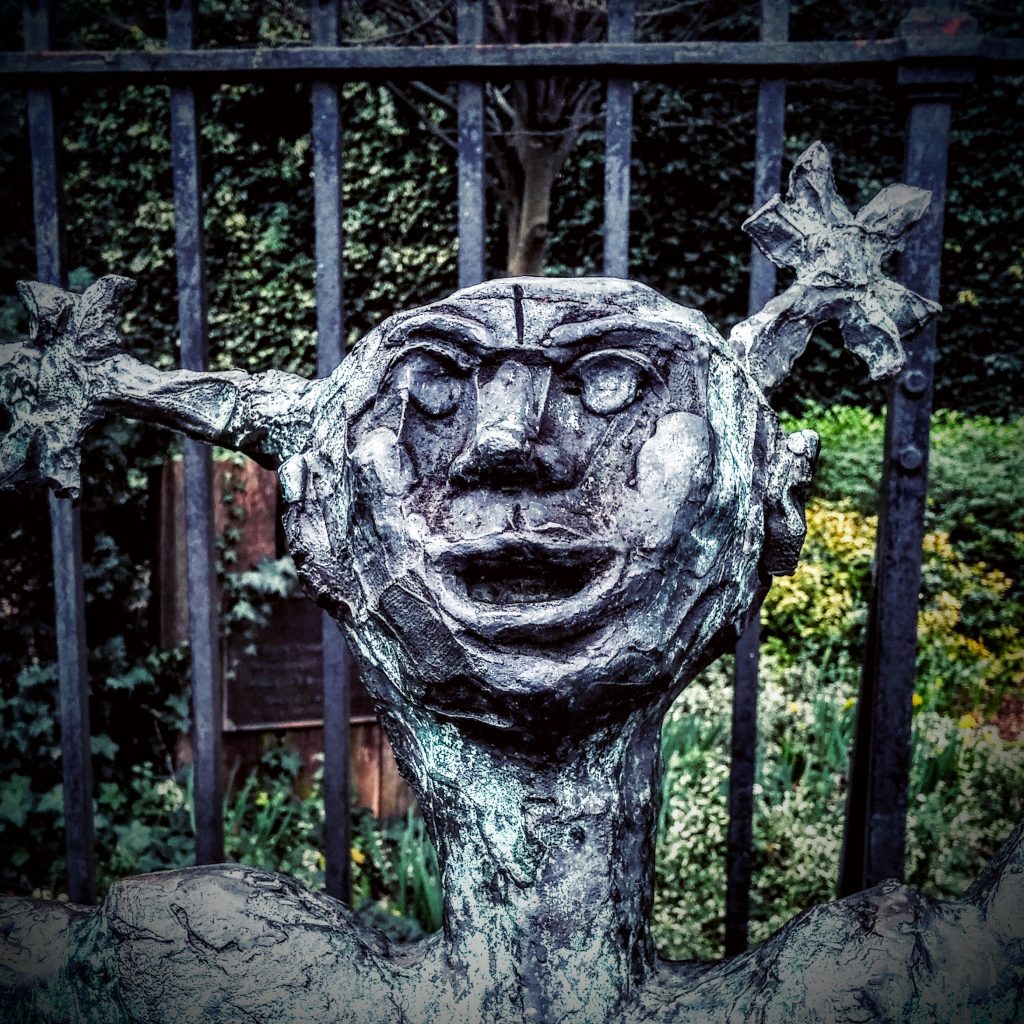
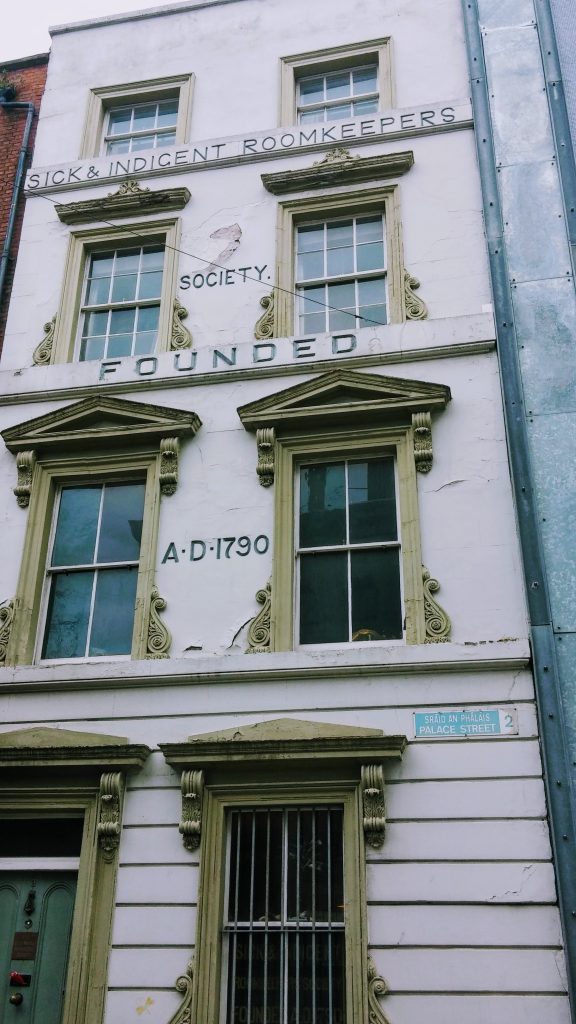
Dublin Castle
Dublin Castle was established by King John of England in 1204 AD.
This Norman Castle was built within the south-east corner of the pre-existing Viking town (Dyflinn), which had been founded in the 10th century at the junction of the River Liffey and the River Poddle. It is most likely that a Gaelic ring fort existed previously on this site.
Dublin gets its name from the Dubhlinn (Black Pool in Gaelic) harbor, which occupied the site of the present Dubhlinn Gardens. Although much of the present architecture dates from the 18th century, sections of the original moat, curtain and Viking town walls, as well as the Record Tower and the bases of the other massive corner towers are still visible.
Today, the Upper Castle Yard, where the handover of power to the new Irish State took place in 1922, corresponds closely with the original Castle.
Chester Beatty Library
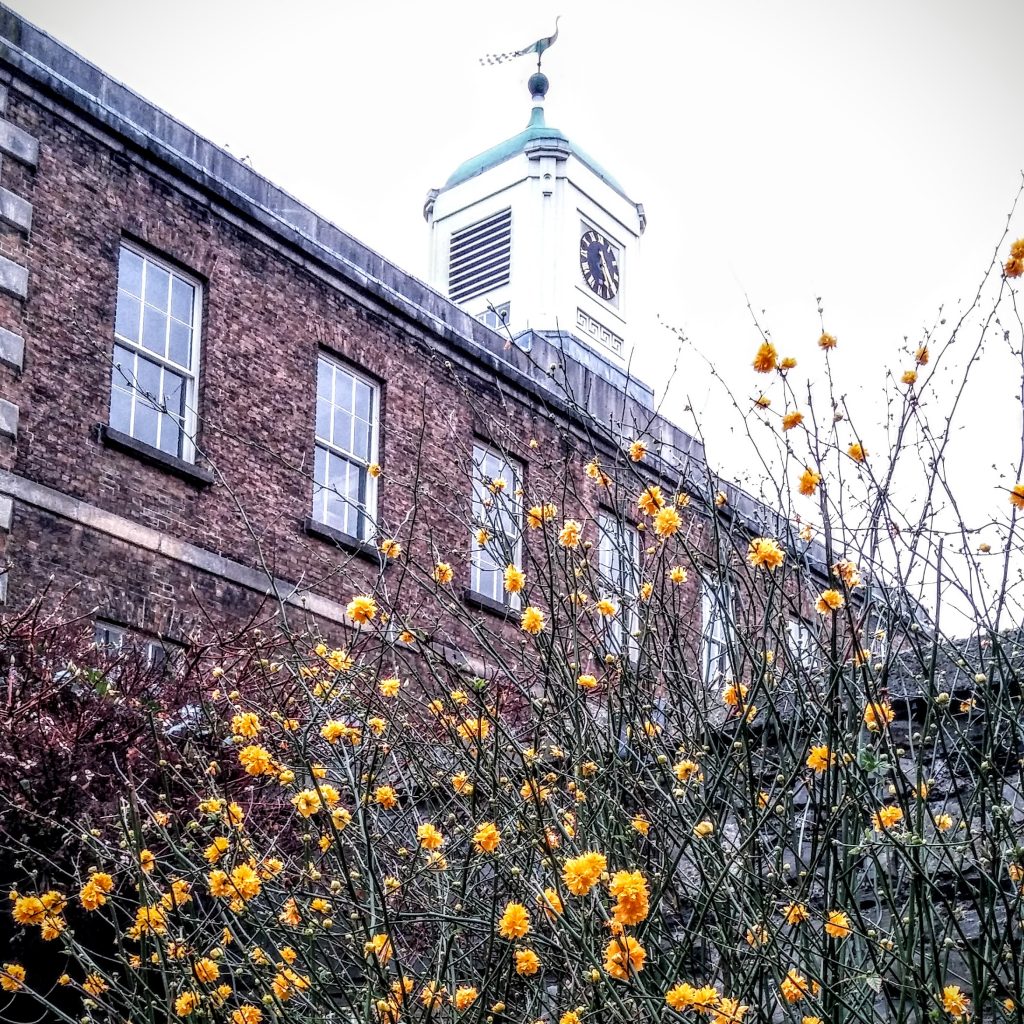
The Coach House
This building was constructed in 1833 to house the Lord Lieutenant’s own coach and string of horses.
Its mock-Gothic, castellated stone façade was designed to obscure the backs of nearby houses and to give Royal visitors a regal vista.
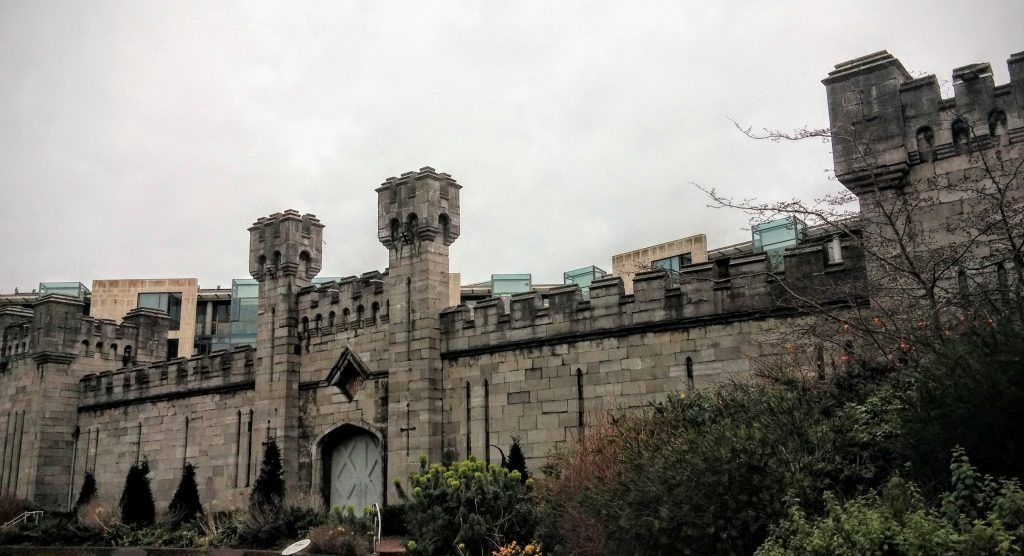
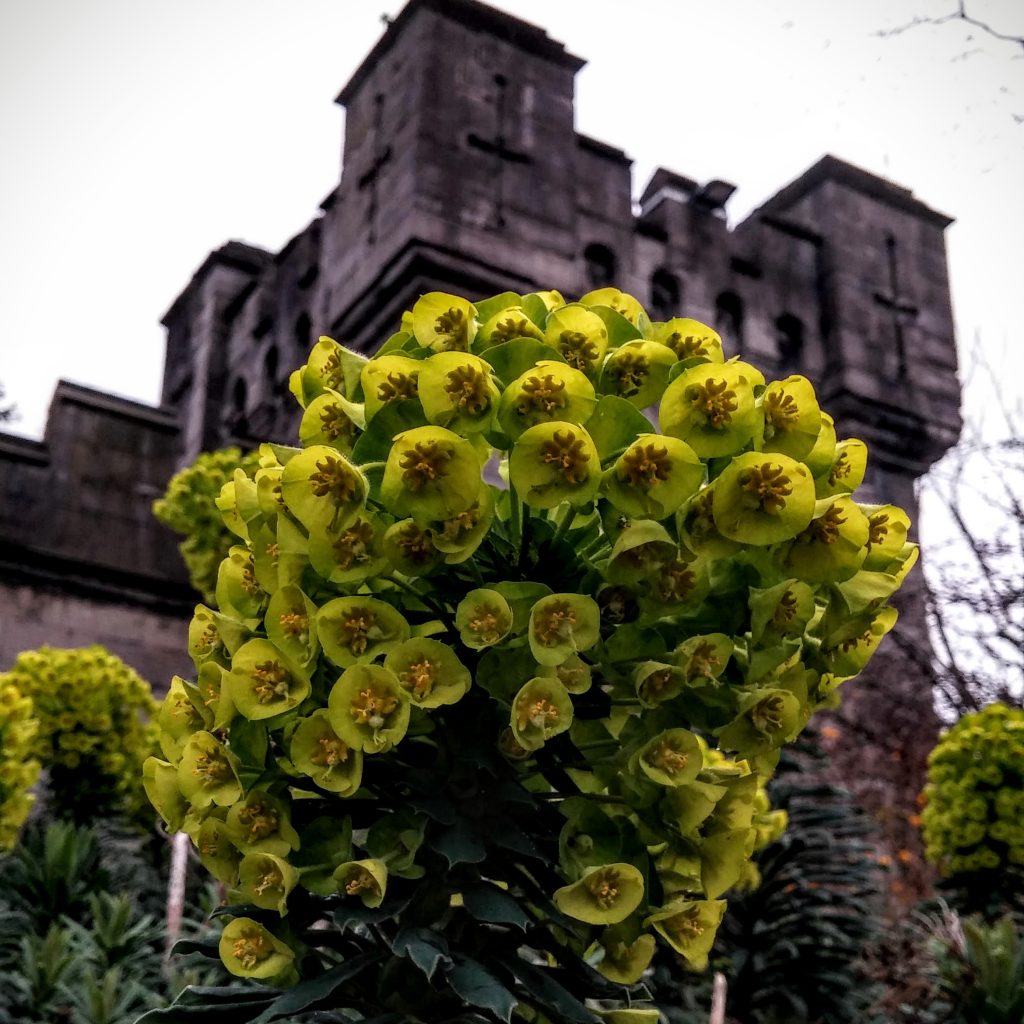
Record Tower
This is an original Norman corner tower and now houses the Garda (Police) Museum.
It was given many names over the centuries, including ‘Black’, ‘Gunners’ and ‘Wardrobe’ Tower. It took its present name in 1814 on its conversion to house the Public Records of Ireland. At this time, the upper section was rebuilt, the floors and staircase were replaced, and the battlements were added to match the style of the new Chapel Royal.
Note the Viceroy’s private passageway, connecting the State apartments to the Chapel Royal, at the first-floor level.
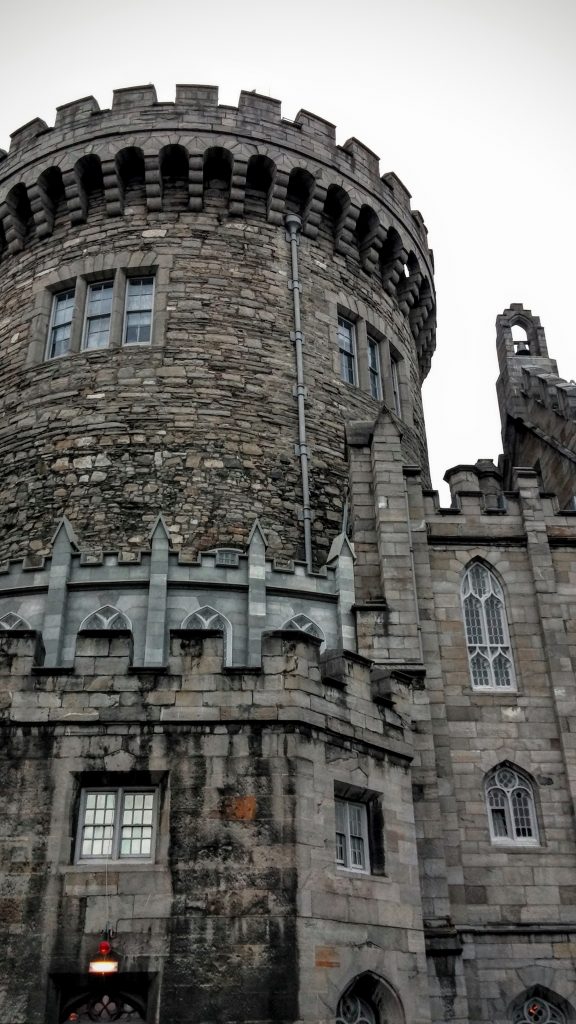
Chapel Royal
This Chapel was designed by Francis Johnston and opened by Lord Lieutenant Whitworth at Christmas 1814. It replaced an earlier church.
It is an exceptional example of Gothic Revival architecture and functioned as the King’s Chapel in Ireland as well as that of the Viceroy, his household and officials.
The oak galleries and stained-glass chancel windows display the coats of arms of successive Justiciars, Lord Deputies and Lord Lieutenants – Viceregal titles which succeeded each other over time. That of De Lacy (1171_ occupies the first space and remarkably, the final available place is taken by that of FitzAlan-Howard (1921-22), the last Lord Lieutenant of Ireland.
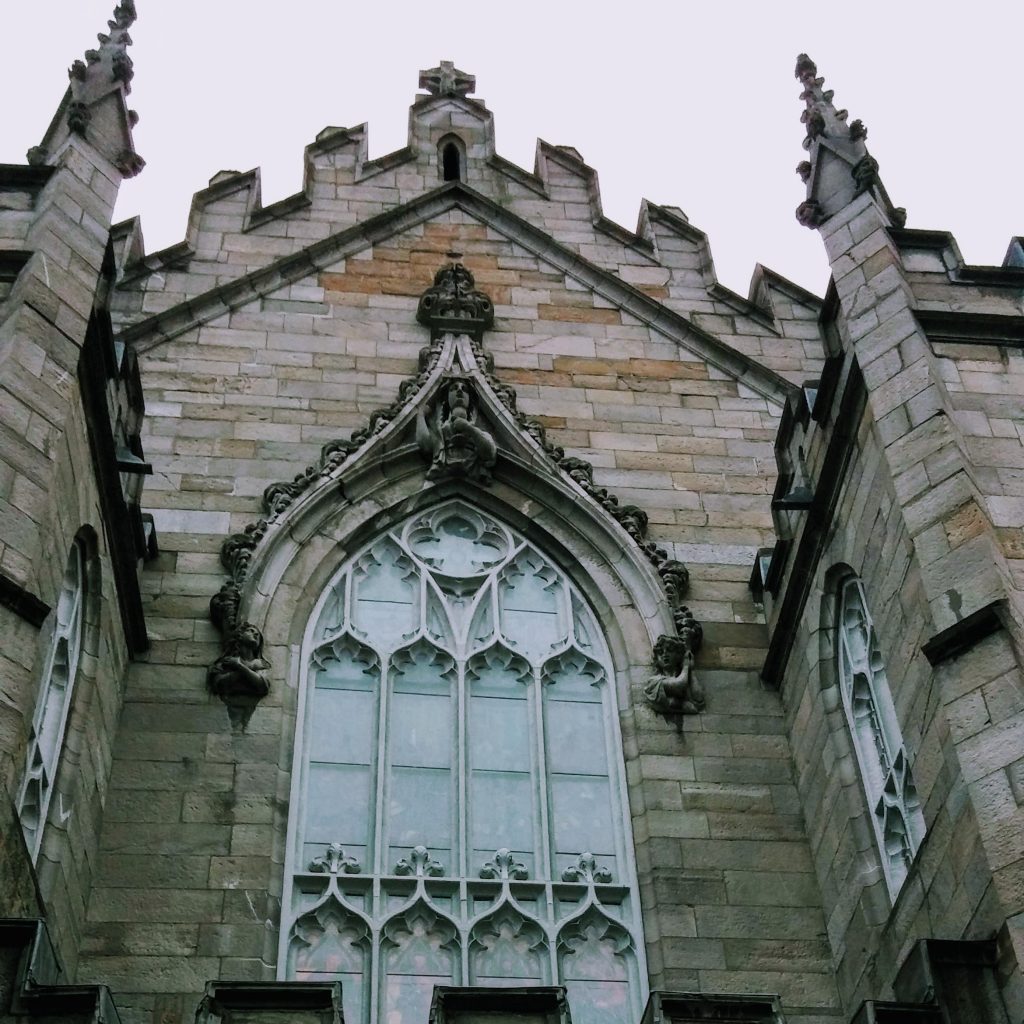
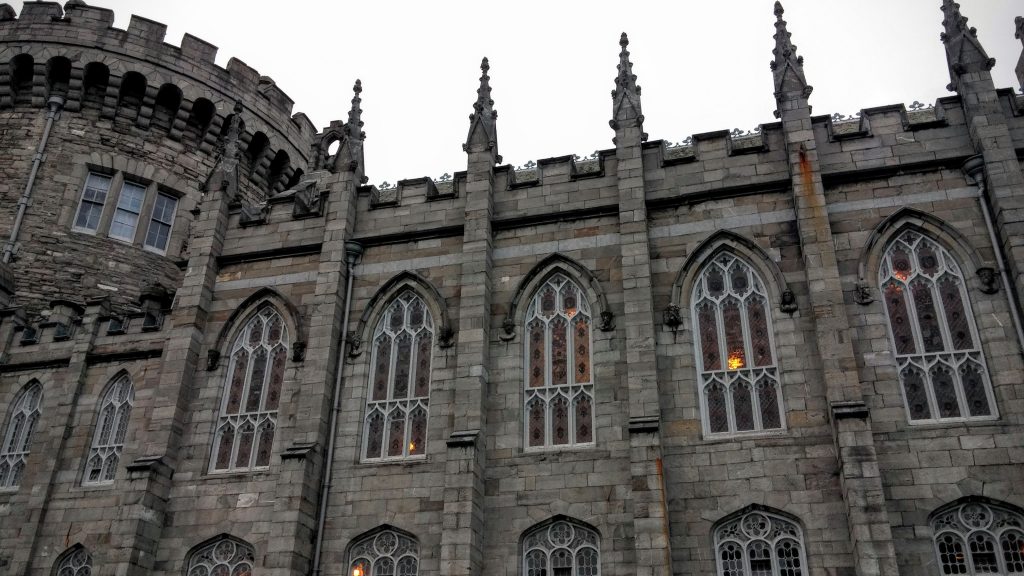
Note: All information about Dublin Castle came from signs posted on the castle grounds. Except for the chapel faces. I’m not certain where I learned about the faces.
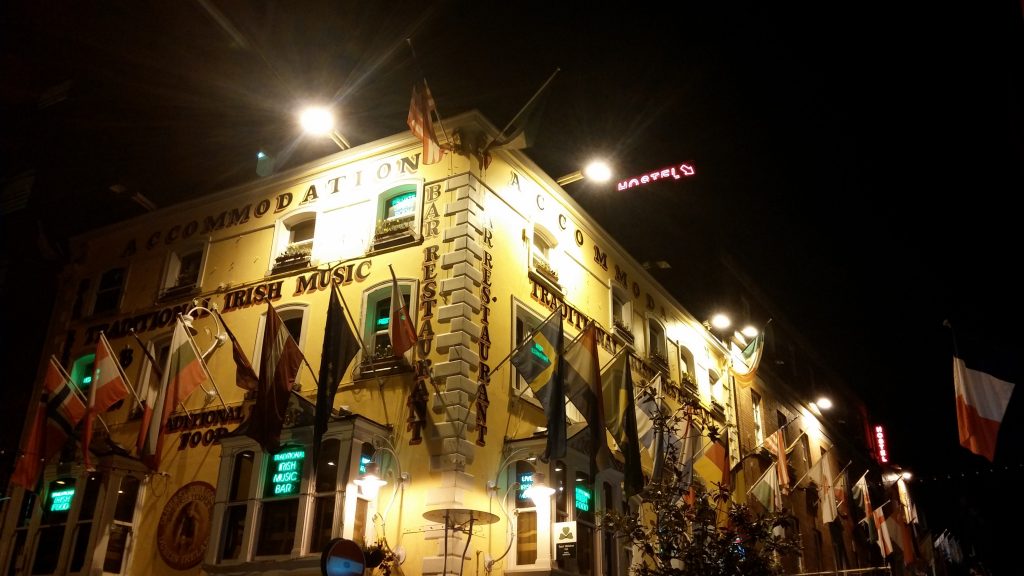
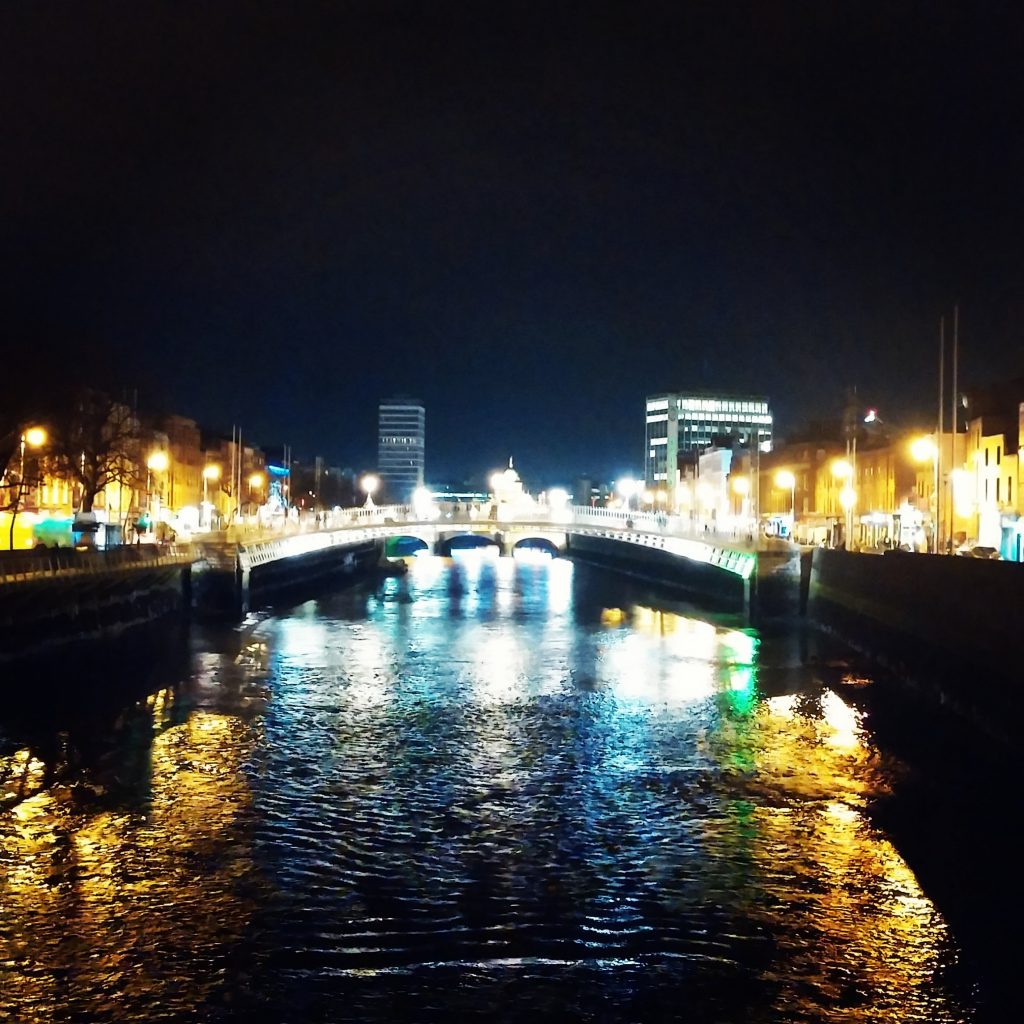
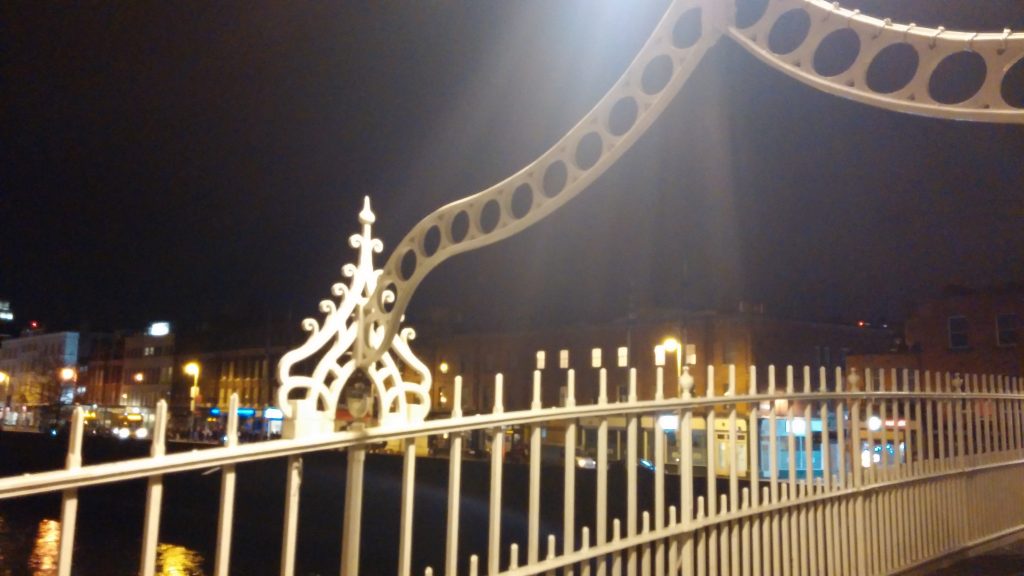
February 26th – before leaving the city for the day, 5 of us picked up 2 more friends at the airport. 7 of us rented a van at the Dublin Airport and went to the Irish countryside. We visited Newgrange and Trim Castle, but those stories truly need a write up of their own.
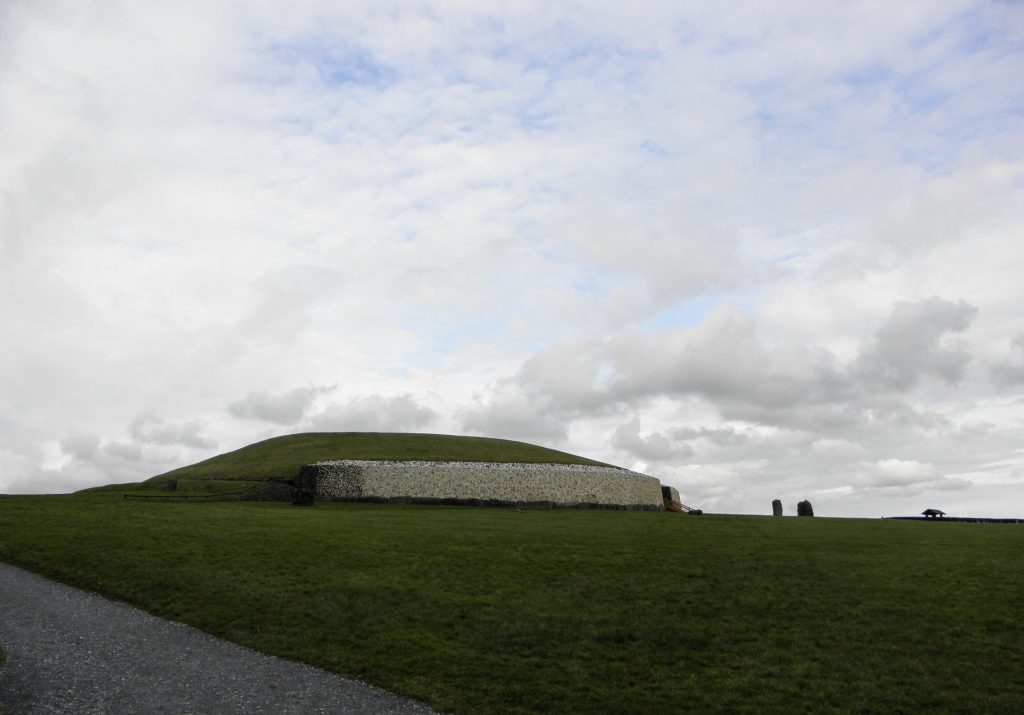
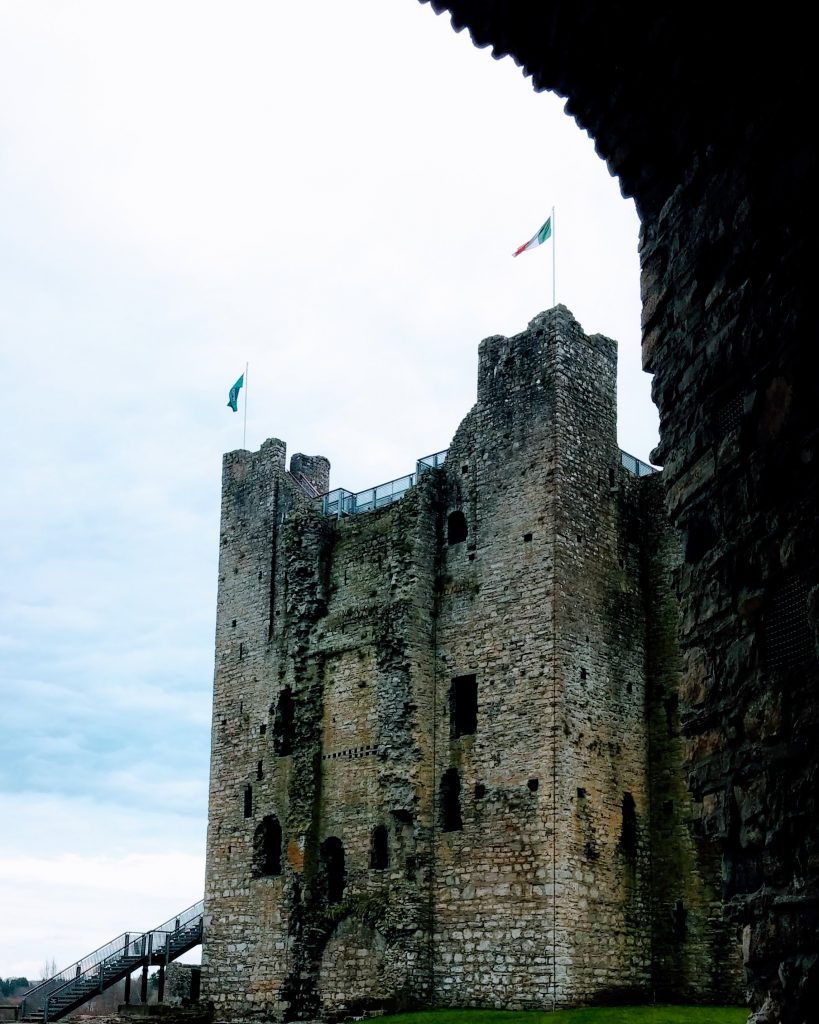
February 27th – We went to the National Museum of Ireland – Archaeology and saw Bog Bodies!
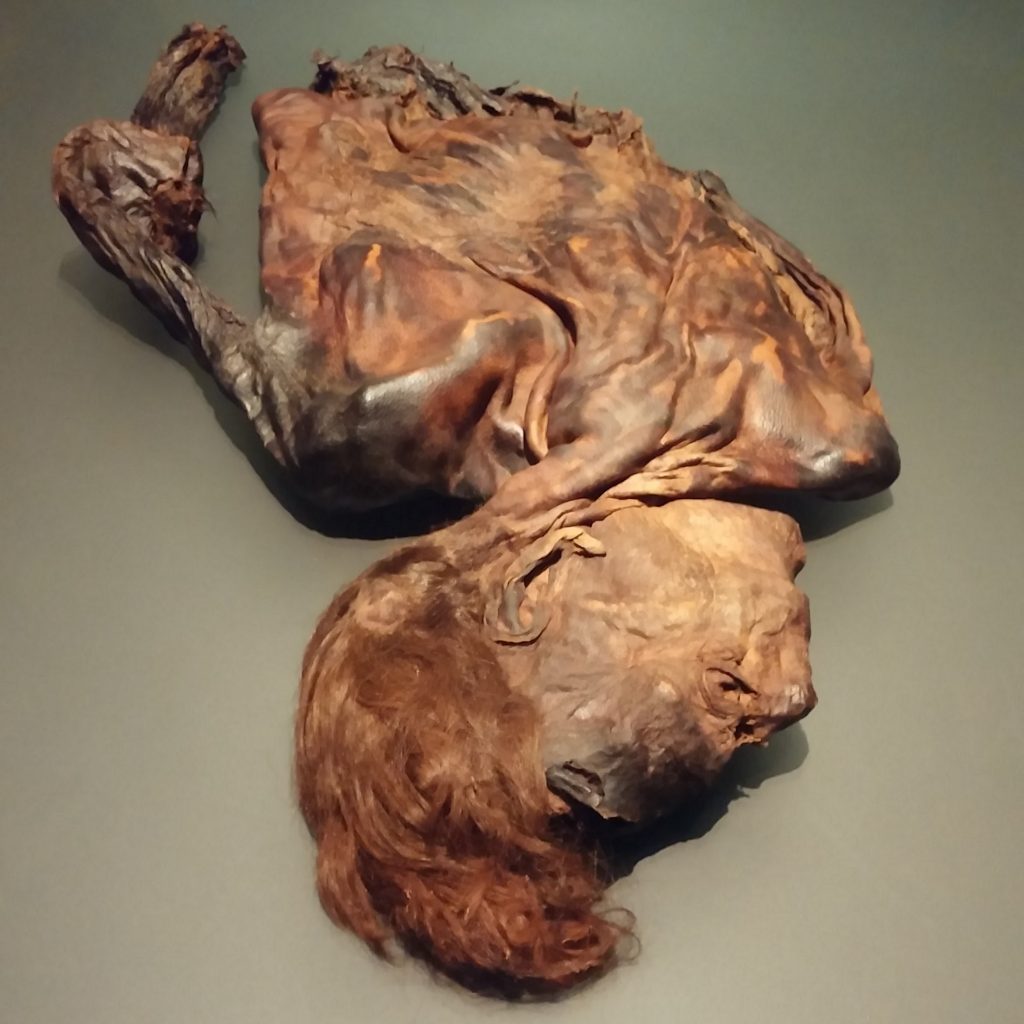
We also spent forever in line to see the Book of Kells at Trinity College.
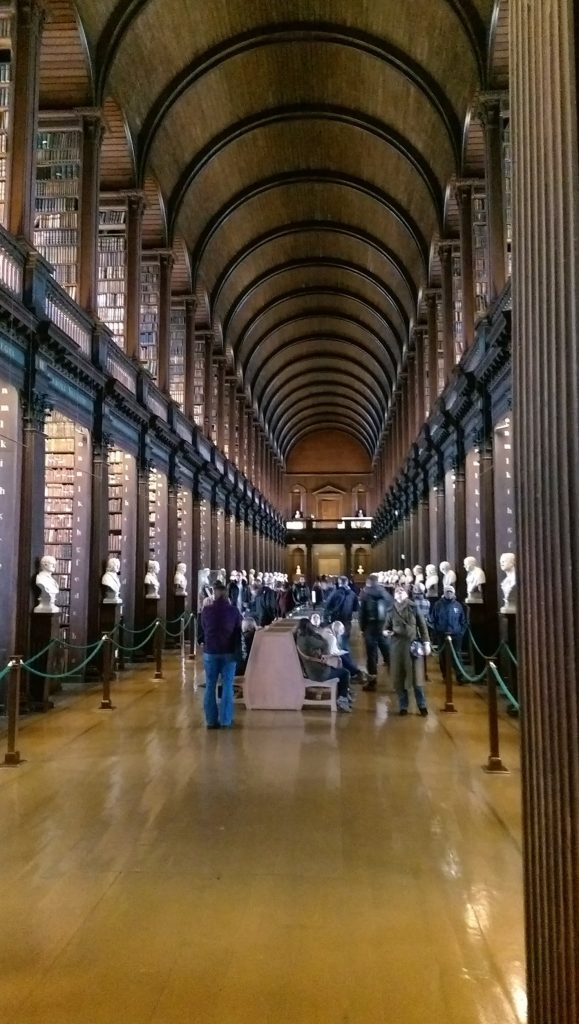
After a day filled with museums we finally went to The Academy and watched performances by Urfaust (NL), Mgła (PL), and Primordial (IE). Sadly, I have no pictures.
February 28th – 3 of our friends had planes to catch and 4 of us remained in Dublin.
Our last day. We did a lot of walking in the beginning of the day but ended our time in Dublin with an amazing view of the city drinking some Guinness.
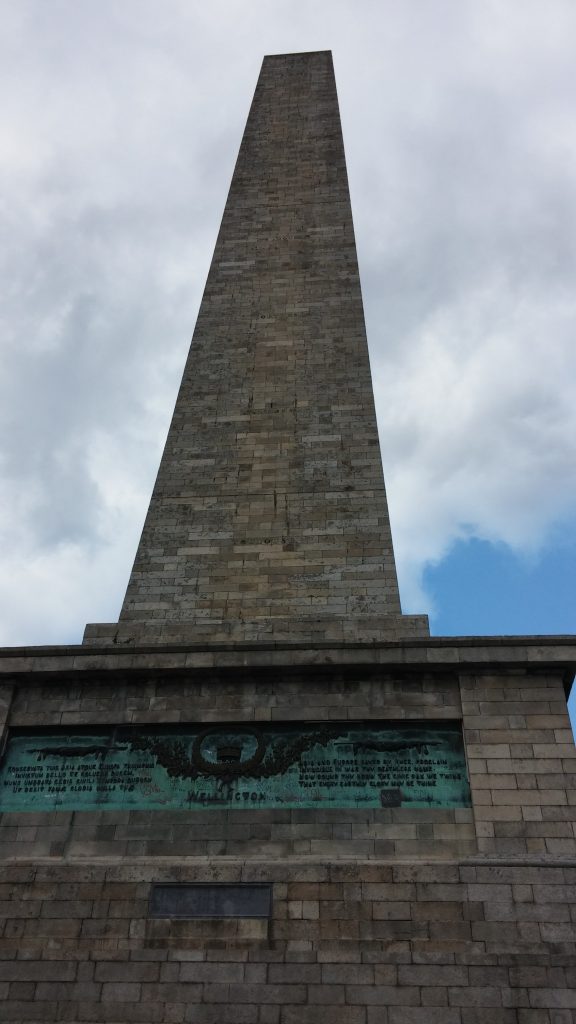
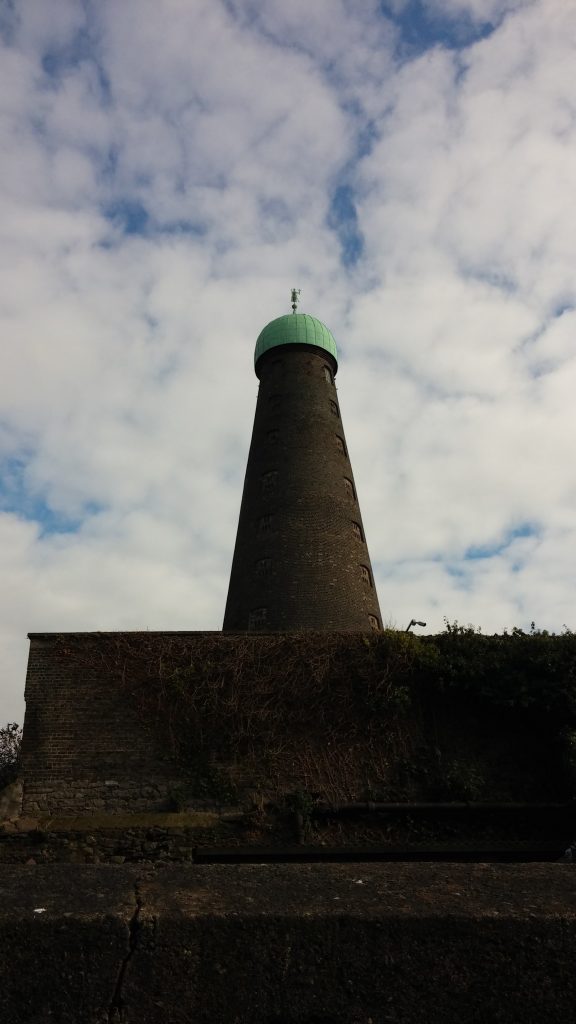
Guinness Storehouse
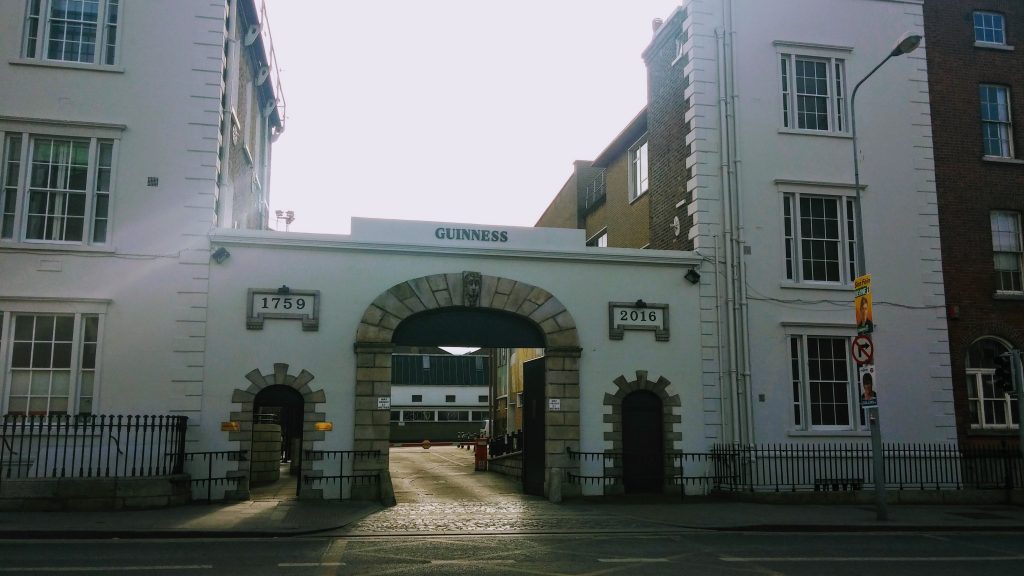
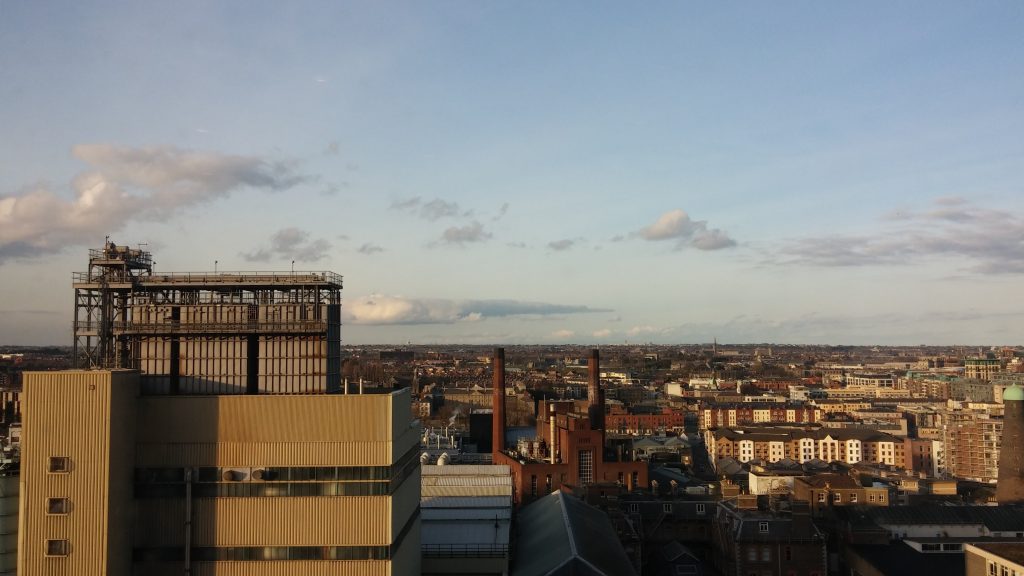
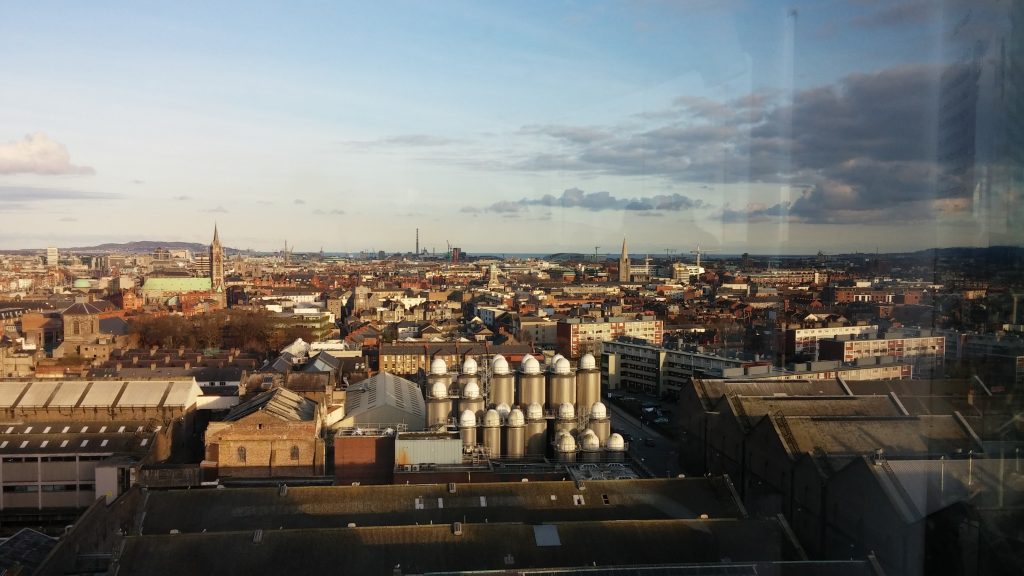
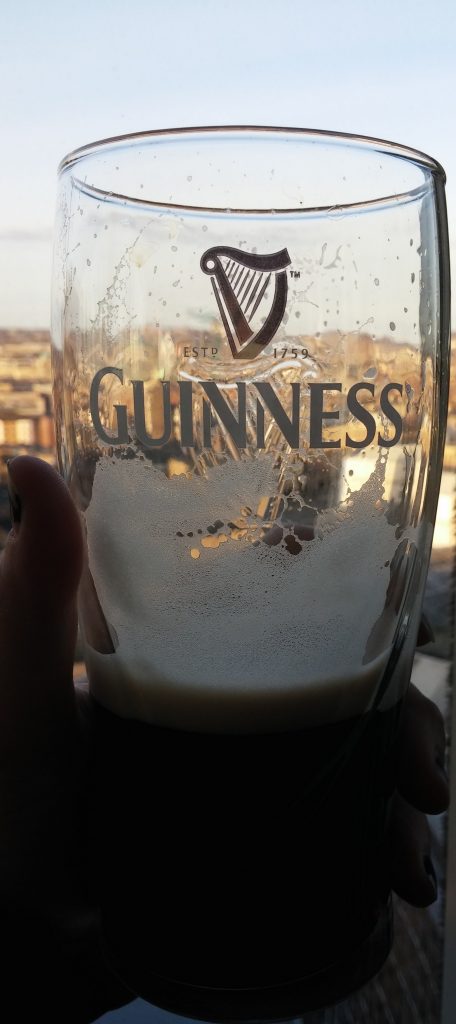
A couple fun things I’ve learned about Dublin since visiting:
- Dublin was a walled city in medieval times and there is still evidence of the walls if you know where to look.
- The Ha’penny Bridge is recorded as one of the first iron bridges in the world.
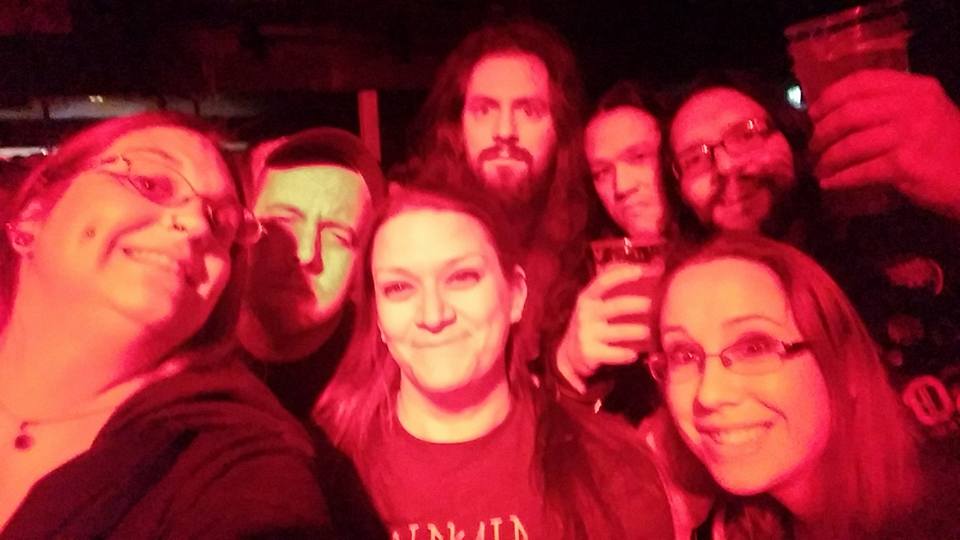
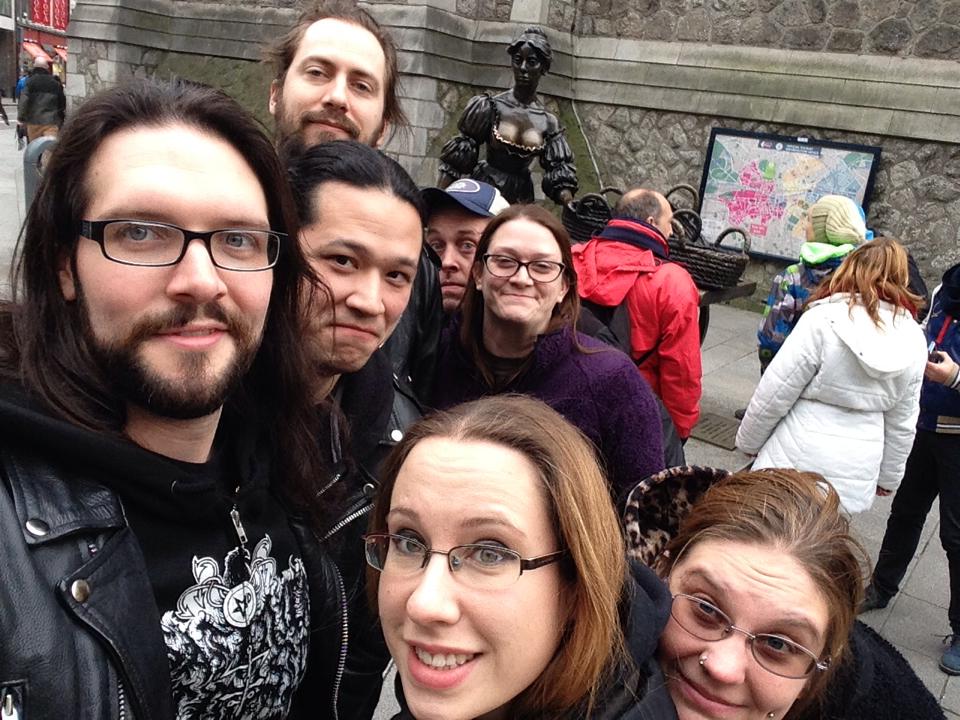
All photos were taken by me or my husband unless otherwise stated.
Some other writings of mine from the same European trip linked below.